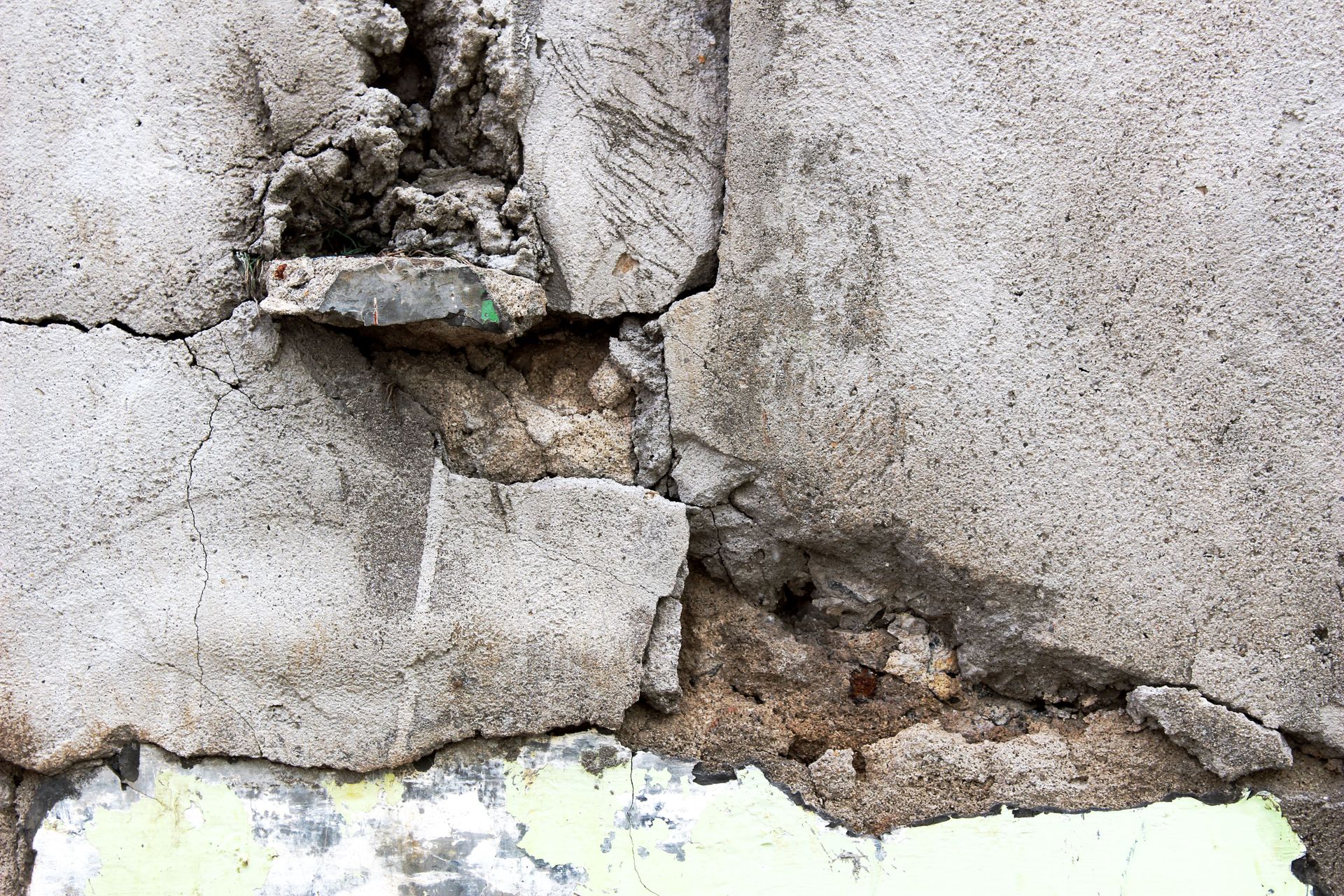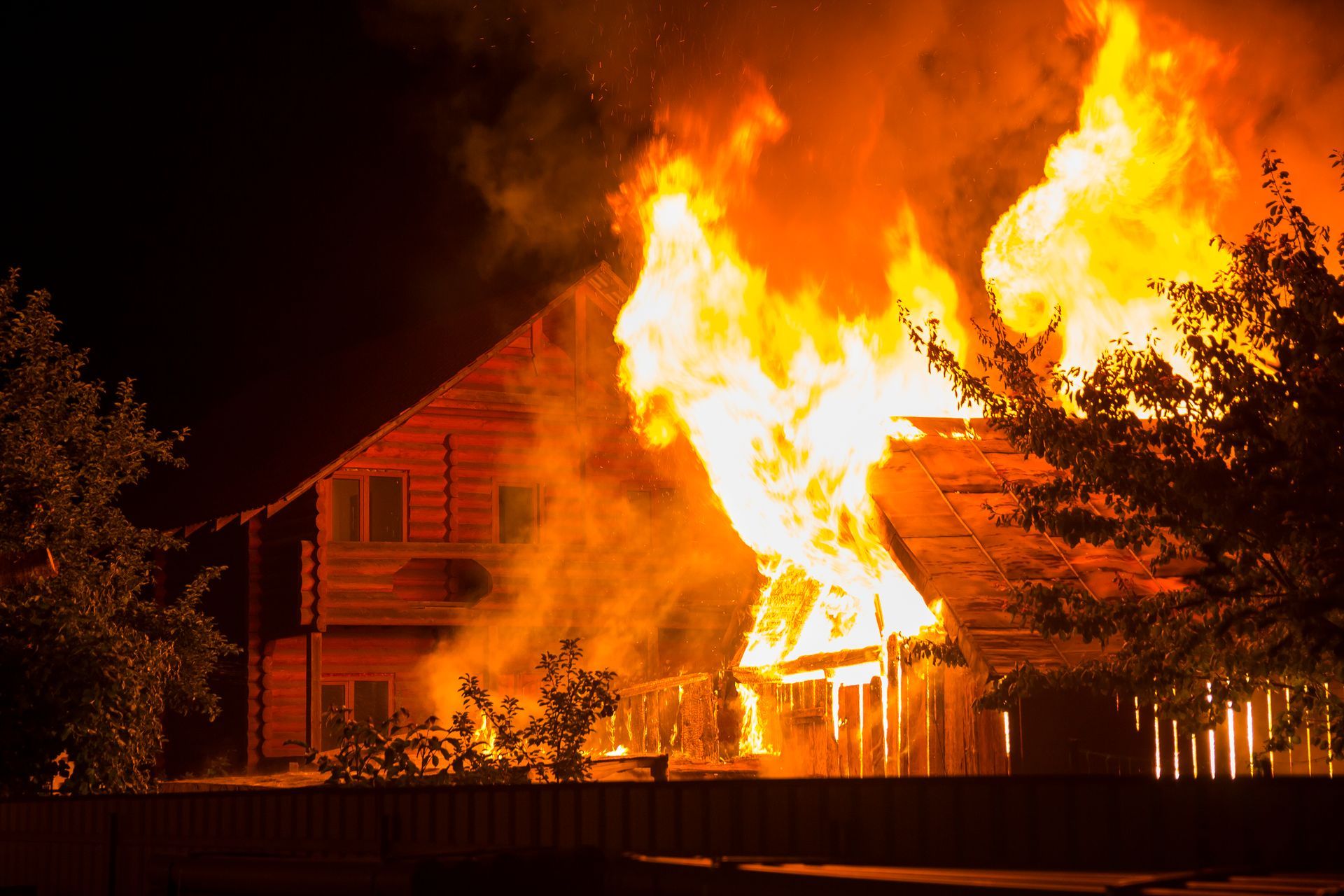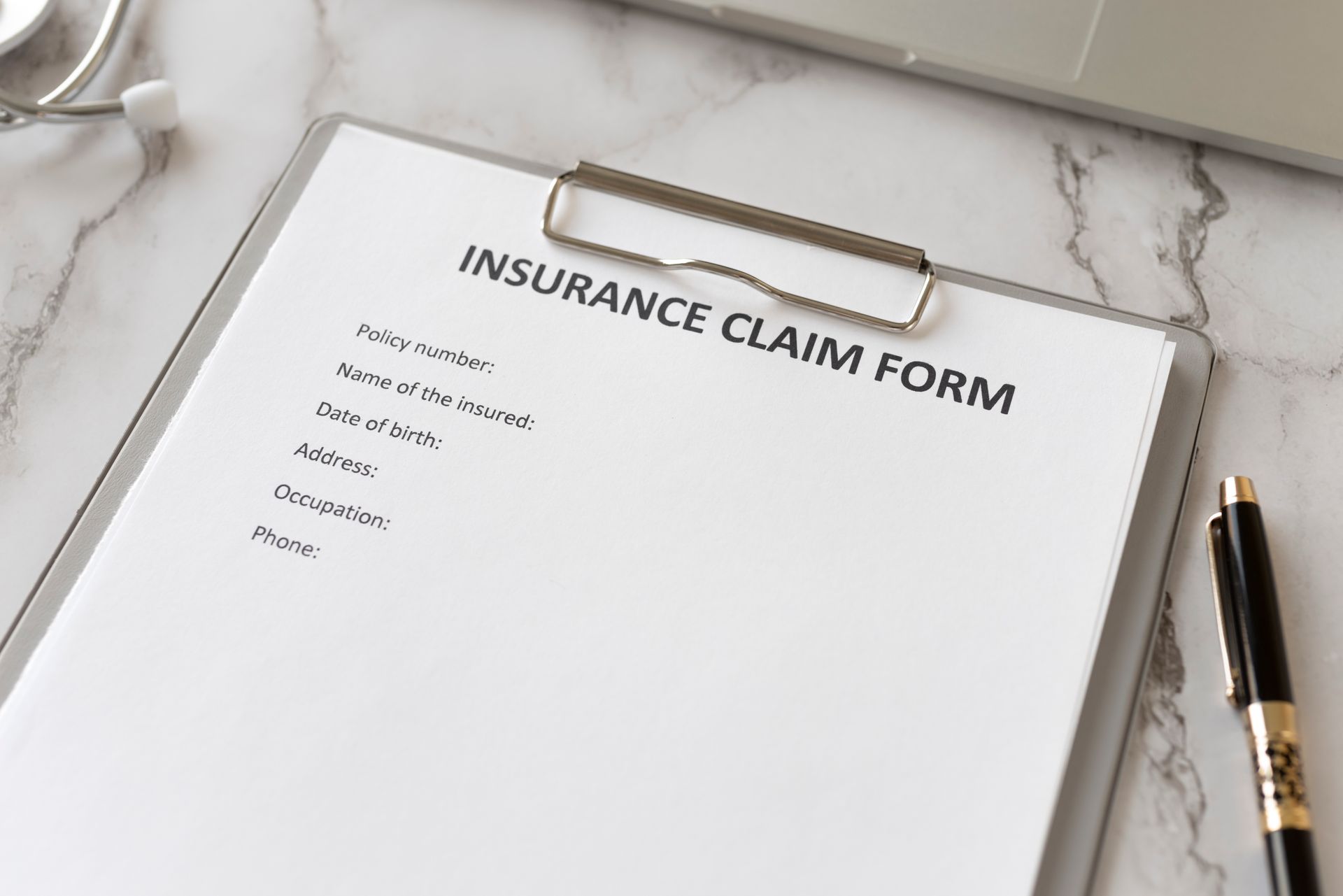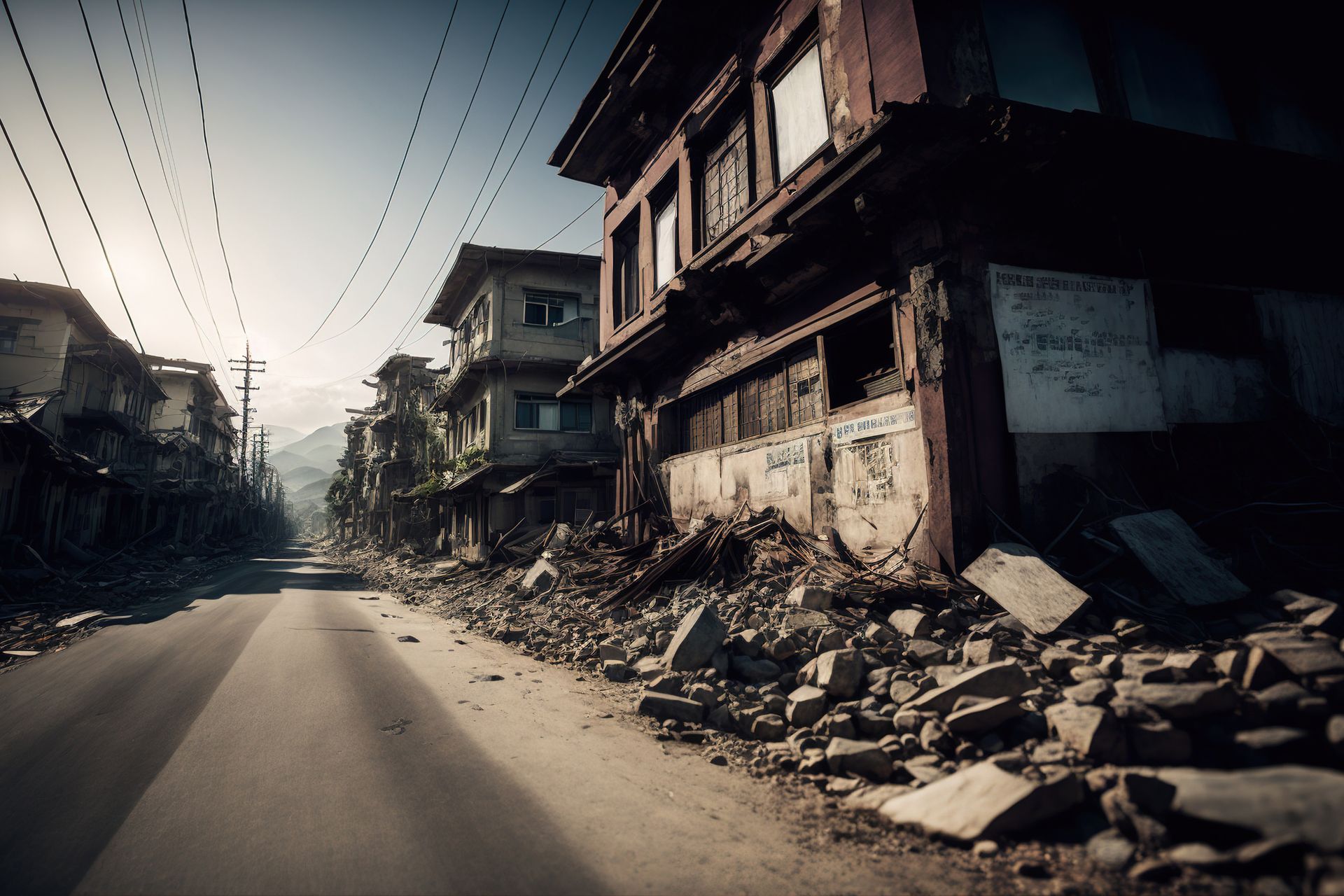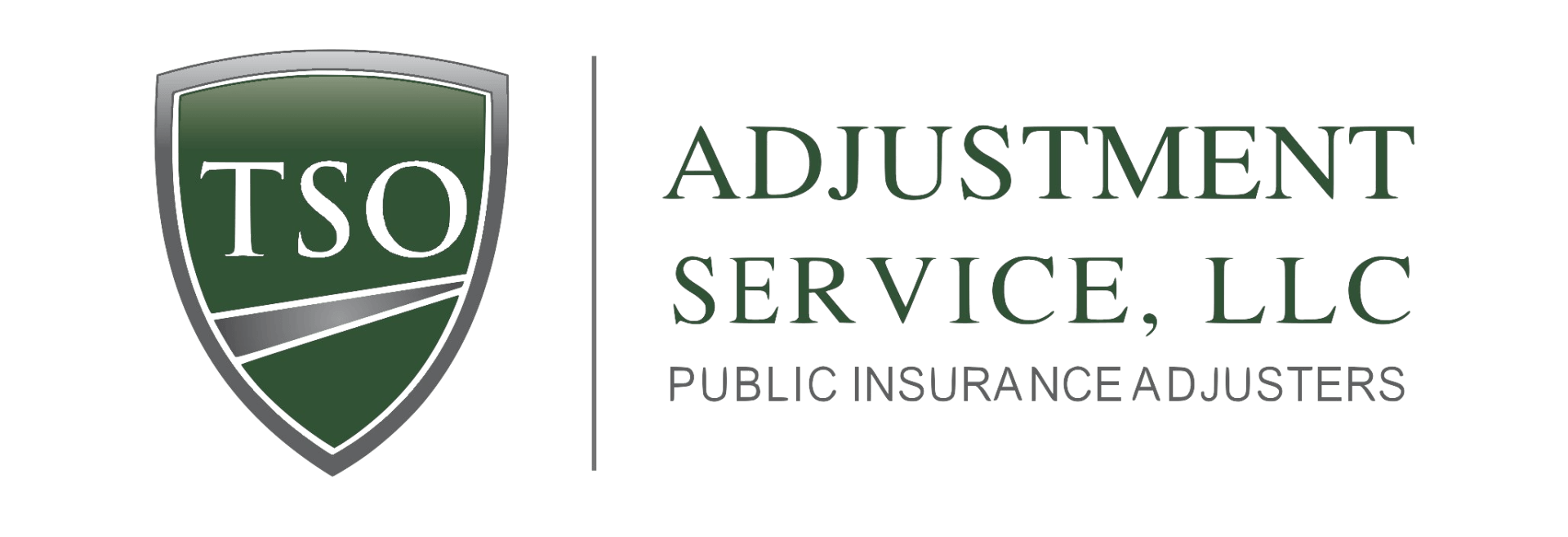How to Deal with a Catastrophic Loss Claim
How to Deal with a Catastrophic Loss Claim
When you experience a catastrophic loss, it can be difficult to know what to do next. Not to mention, most insurance companies have mastered the art of finding ways to get out of insurance claims. If you've suffered a natural disaster, you may be feeling overwhelmed and hopeless.
This guide will help you navigate filing a claim after a natural disaster and ensure you get the compensation you deserve.
Types of Catastrophes
For insurance purposes, what qualifies as a catastrophe is a standard across the board. A catastrophe is defined as an event causing great and often sudden damage or suffering. Catastrophes can include natural disasters such as hurricanes, floods, and earthquakes, as well as man-made disasters such as fires, explosions, and chemical spills.
The Process
Filing an insurance claim can be a complex and time-consuming process, made even more challenging by the added stress of dealing with the aftermath of a natural disaster. If you find yourself in this situation, there are a few things you can do to make the process go as smoothly as possible.
Notice of Loss
First, contact your insurance agent or company as soon as possible and provide them with detailed information about what happened and when. They will be able to walk you through the steps involved in filing a claim and help you gather the necessary documentation.
Insurance Company Response
Once the insurance company has been notified, they will send an adjuster to assess the damage. The representative will likely request that you submit a written report detailing the circumstances of the event and the damage that was incurred. They may also request additional documentation, such as police reports or medical bills.
Contact With the Adjuster
The adjuster will work with you to determine the extent of the loss and what coverage is available under your policy. Some insurers may exclude certain types of catastrophes from coverage, or they may limit the amount of coverage available for catastrophic losses. Policyholders should be sure to review their policies carefully to understand what types of catastrophes are covered.
Document the Loss
It is important to document the damage to your property, whether through photos or video. This will provide valuable evidence when it comes time to negotiate a settlement. Without proper documentation, your insurance company may only provide partial reimbursement for your losses. In some cases, they may even deny your claim entirely.
What to Do After Filing a Claim
Filing a claim for a catastrophic loss is not easy, but it can be done with careful planning and attention to detail. Be prepared to be patient as the claims process can take months or even years to complete.
When your claim is approved, you will receive a payment that covers the cost of repairs or replacement up to your policy limit. If your claim is denied, you can then appeal the decision if you believe it was made in error.
Let Us Help
A catastrophic loss can be devastating, both emotionally and financially. Homeowners who have experienced a catastrophe often find themselves uncertain of where to turn for help. At TSO, we have a team of experienced public insurance claims adjusters who are here to assist you through the entire claims process.
We understand the unique challenges that come with these types of claims, and we're here to help you get the maximum settlement you're entitled to. Our team of experienced professionals will work with you every step of the way, from filing your claim to negotiating with your insurance company. If you need assistance making a
Catastrophic Insurance Claim, please
contact us online or call (215) 886-7440.


